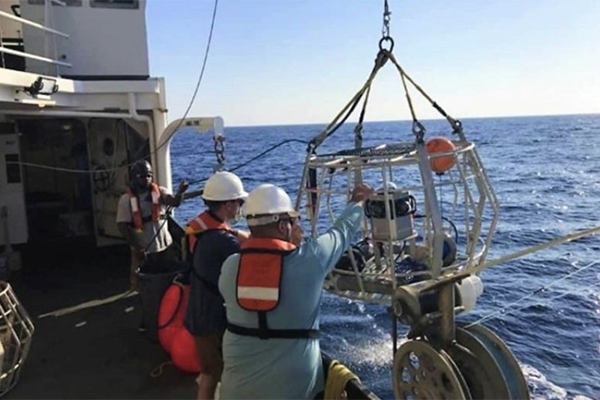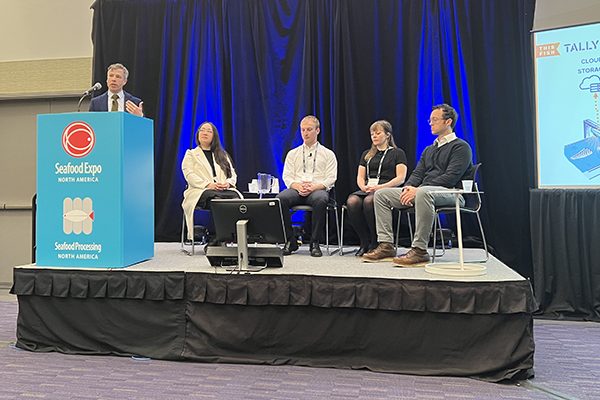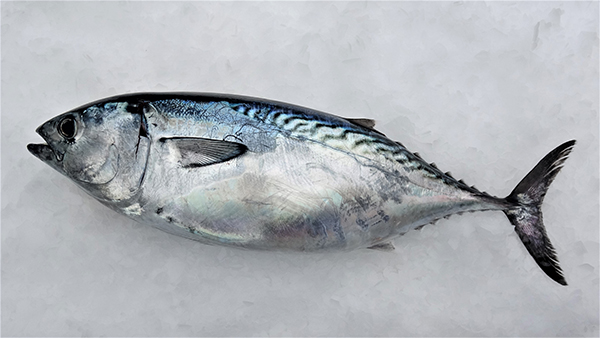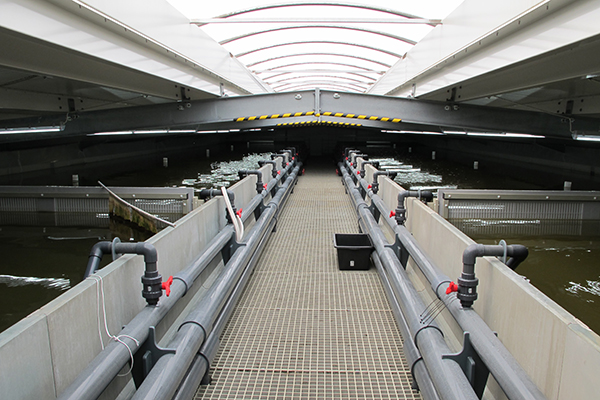A.I. algorithm could save millions and bridge the global data and sustainability divide, researchers say

For the first time, a newly published artificial intelligence (A.I.) algorithm is allowing researchers to quickly and accurately estimate coastal fish stocks without ever entering the water. This breakthrough study could save millions of dollars in annual research and monitoring costs while bringing data access to least-developed countries about the sustainability of their fish stocks.
“Our goal is to give people the information required to know the status of their fish resources and whether their fisheries need time to recover or not,” said Tim McClanahan, director of marine science at the Wildlife Conservation Society (WCS). “The long-term goal is that they, their children and their neighbors can find a balance between people’s needs and ocean health.”
In the wealthiest countries, millions of dollars are spent annually on “stock assessments” – expensive and labor-intensive efforts to get people and boats out into the water to count fish and calculate stocks. That extremely high cost has long been a barrier for tropical countries in Africa and Asia, home to the highest percentage of people who depend on fishing for food and income. Small-scale fishers working coastal waters in many countries are essentially operating blindly, with no real data about how many fish are available in their fisheries. Without data, coastal communities and their governments cannot create management plans to help keep their oceans healthy and productive for the long term.
Now, thanks to advances in satellite data and machine learning algorithms, researchers have created a model that has successfully estimated fish stocks with 85 percent accuracy in the Western Indian Ocean pilot region. This tool has the potential to get data quickly and cheaply into the hands of local and national governments, so they can make informed decisions about their natural resources and keep “blue foods” on the table.
“This tool can tell us how fish stocks are doing, and how long it will take for them to recover to healthy levels using various management options,” said McClanahan. “It can also tell you how much money you’re losing or can recoup every year by managing your fishery – and in the Western Indian Ocean region where we piloted this tool, it’s no less than $50 to $150 million each year.”
The researchers used years of fish abundance data combined with satellite measurements and an A.I. tool to produce this model. It resulted in a simple, easy-to-use pilot tool to better understand and manage oceans. With further development, any user would be able to input seven easily accessible data points – distance from shore, water temperature, ocean productivity, existing fisheries management and water depth, for example – and receive back an accurate fish stock estimate for their nearshore ecosystems.
“The value of this model is that it tells managers, scientists, and importantly, local communities how healthy a fishery is and how well it can support the communities that depend on it, especially during times of crisis,” said Simon Cripps, executive director of marine conservation at WCS. “Once a fishery’s status is known, it gives communities and managers the information to move forward to design solutions to improve fish stocks and improve the resilience of local communities, the fishing industry, and local and national economies.”
As a next step, WCS is currently seeking new partnerships and funding to scale the tool so it can be deployed and fill critical data gaps around the world.
Follow the Advocate on Twitter @GSA_Advocate
Now that you've reached the end of the article ...
… please consider supporting GSA’s mission to advance responsible seafood practices through education, advocacy and third-party assurances. The Advocate aims to document the evolution of responsible seafood practices and share the expansive knowledge of our vast network of contributors.
By becoming a Global Seafood Alliance member, you’re ensuring that all of the pre-competitive work we do through member benefits, resources and events can continue. Individual membership costs just $50 a year.
Not a GSA member? Join us.
Author
Tagged With
Related Posts

Fisheries
Researchers: AI video surveys increase efficiency in fisheries assessments
Artificial intelligence and machine-learning technologies have great potential in video fisheries surveys, a research team has determined.

Intelligence
AI is becoming an ‘integral part’ of fisheries management and seafood processing
Artificial intelligence (AI) is playing a larger role in seafood, as data is at the heart of the so-called fourth industrial revolution.

Intelligence
Artificial intelligence is taking fish farming (and sushi) in Japan to greater heights
From artificial intelligence to remotely operated vehicles, new technologies offer Japanese aquaculture improved efficiency and insights into fish farming.

Intelligence
For shrimp farming, artificial intelligence offers long-term value
Artificial intelligence will increasingly integrate into standard shrimp farming practices, with widespread benefits pointing toward sustainability.



